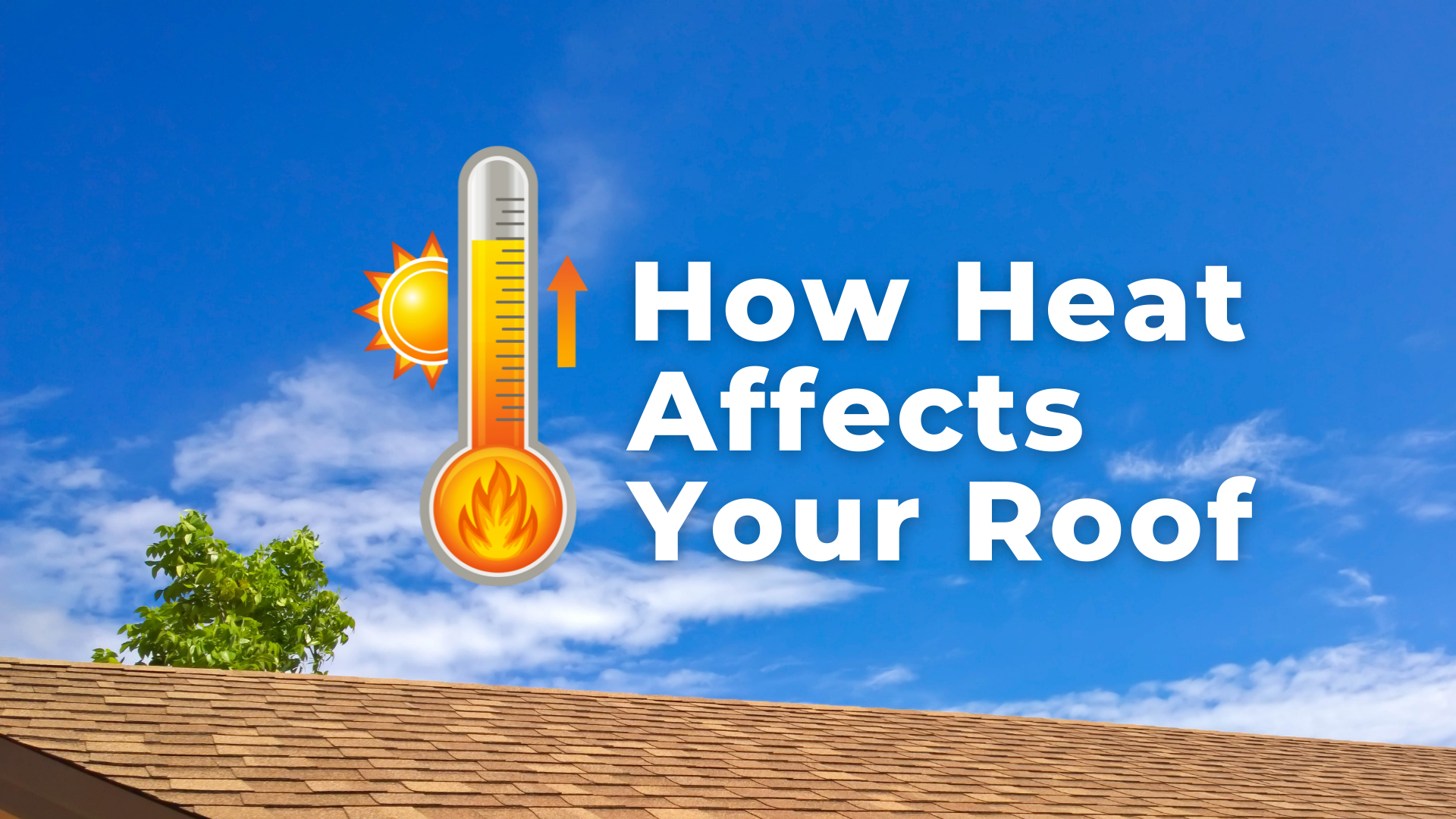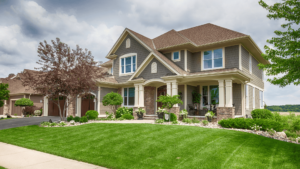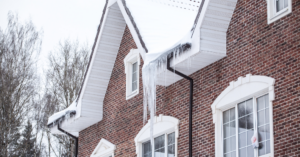How Heat Affects Your Roof
Between being blasted with the highest temperatures of the year and the occasional summer storm, your roof has no time to relax.. High heat can have some serious effects on both your roof’s health and your wallet if you don’t take certain steps to protect against them.
This summer, spend a little time thinking about how the heat affects your roof. Here’s what you should consider this year to make sure your roof is protected from those scorching temperatures:
Extreme Temperatures Break Down Roofing Material
The higher the temperatures in your area, the worse the impact on your roof’s lifespan. A combination of extreme heat and the sun’s rays wreak havoc on most materials, and your roof is no exception. The oils present in your roofing system can dry and leave your roof brittle and no longer waterproofed, which can affect its ability to protect you from the elements. Remember: even on a 90 degree day, your roof can reach temperatures of up to 160 degrees.
Thermal Shock Weakens the Structure
During the high heat of the day, your roofing system expands. During the cooler nights, the materials contract. This constant fluctuation is called thermal shock, and since your roof has no real protection against it (because it’s protecting you), it can suffer. Over time, solar radiation weakens the material your roof is built from. As your roof weakens, it experiences structural problems that can compromise your entire home – compromising the safety of its inhabitants.
Mold and Moss Growth in Humid Climates
Your roof has the weight of incredible responsibility on its shoulders. As it defends you against the elements, it has to remain exposed to them year-round. And if you live in an intensely humid part of the country, your roof may take on some extra weight in the form of moisture. High temperatures lead to extreme humidity, which causes moisture and condensation to seep down between your shingles and underlayment. That collection of moisture creates the perfect conditions for mold and moss to flourish. Not only will mold and moss eat away at your roof’s structural integrity – they can also pose a serious health risk for your family.
UV Exposure Causes Fading Colors
Every day, all day long, your roof is bombarded with UV rays from the sun. And it’s not just on those bright and sunny days – UV rays attack your shingles on even the cloudiest days. You may not notice the damage they’re doing to your roof, but over time you’ll notice some telltale signs. Decay and discoloration lead to an unsightly, even ugly roof that’s nothing close to its original glory. Have you noticed any discoloration in your roof? Not only will it affect your curb appeal, but it also means the roofing material will be worse at reflecting the sun’s rays over time.
Protecting Your Roof Against the Summer Heat
At Best Choice Roofing, we know what it takes to protect your home’s roofing system against the summer heat. Some steps we recommend include:
- Ensuring your roof is properly ventilated
- Adding extra layers of insulation
- Blocking direct UV rays with polyurethane foam
- Choosing lighter colors for your roofing material
- Constructing a new roof with higher slopes
Want to learn more about prolonging your roofing system’s lifespan? Reach out to the experts at Best Choice Roofing today!




